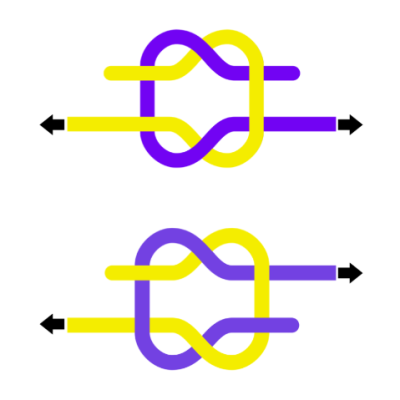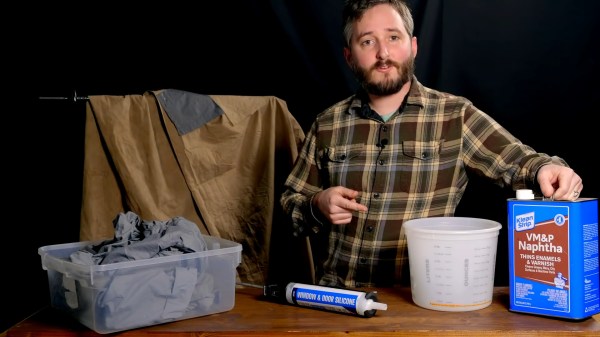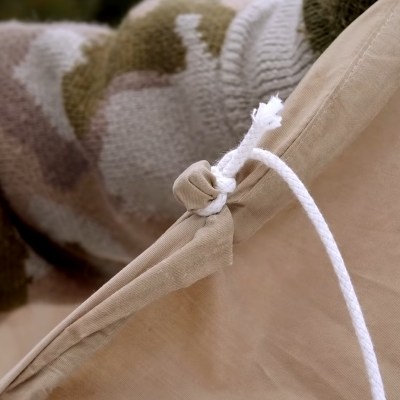Brunnian links are a type of nontrivial link – or knot – where multiple linked loops become unlinked if a single loop is cut or removed. Beyond ‘fun’ disentanglement toys and a tantalizing subject of academic papers on knot theory, it can also be used for practical applications, as demonstrated by [Anthony Francis-Jones] in a recent video. In it we get a safe that is locked with multiple padlocks, each of which can unlock and open the safe by itself.
This type of locked enclosure is quite commonly used in military and other applications where you do not want to give the same key to each person in a group, yet still want to give each person full access. After taking us through the basics of Brunnian links, including Borromean rings, we are introduced to the design behind the safe with its six padlocks.
As a demonstration piece it uses cheap luggage padlocks and Perspex (acrylic) rods and sheets to give a vibrant and transparent view of its workings. During the assembly it becomes quite apparent how it works, with each padlock controlling one direction of motion of a piece, each of which can be used to disassemble the entire locking mechanism and open the safe.
Brunnian links are also found in the braids often made by children out of elastic bands, which together with this safe can be used to get children hooked on Brunnian links and general knot theory.
Continue reading “Opening A Six-Lock Safe With One Key Using Brunnian Links”















